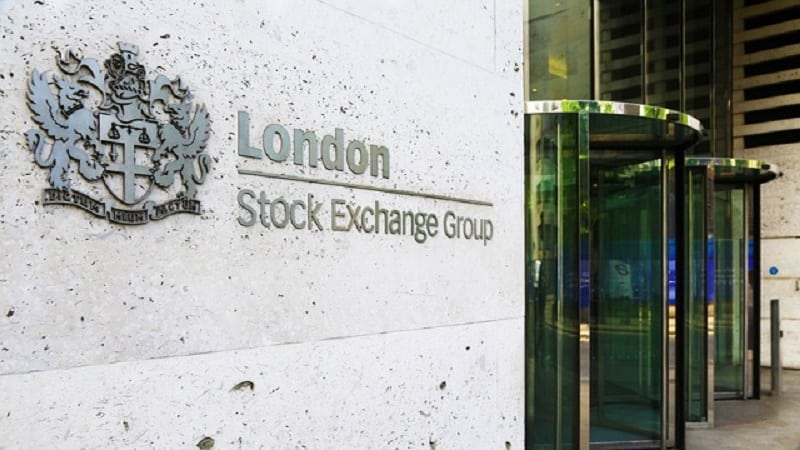Germany’s historic fiscal package has made European fixed income “a whole lot more interesting”, according to a panel of Natixis affiliates at the firm’s Thought Leadership Summit.
The new German government approved plans to reform its debt brake, which had previously restricted government spending, earlier this month. The country will create a €500bn fund to spend on infrastructure, while higher defence spending could lead to a total €1trn in additional government spending over the next 12 years.
“Germany just got a whole lot more interesting,” Lynda Schweitzer, fixed income portfolio manager at Loomis Sayles, told Portfolio Adviser.
“We’ve had long conversations around whether or not now is the time to extend some duration and go longer in Bunds.
“Our chief strategist has the view that Bunds were so rich and now they’re probably fair value, so we’re watching that closely. I would imagine that our next move in Europe is to add duration in Bunds.”
See also: German election result brings prospect of a ‘business-friendly’ coalition
Schweitzer co-manages the $300m Loomis Sayles Global Opportunistic Bond fund alongside David Rolley and Scott Service.
She said that historically the fund has been less govvies and more tilted towards corporates, but it has recently taken a more defensive stance with overweights in Spain and France.
“A year ago, when the French elections were coming and peripherals had widened out versus Germany, we had been underweight Italy. We added a bit there, but we weren’t comfortable yet adding France, because of all the noise around the election.
“But, Spain had widened significantly, which didn’t make sense to us because Spain had good growth and was relatively in a good spot. We added some Spain at that point and it’s an overweight we’ve held since.
“In November, we were looking at peripheral spreads again, thinking about where we wanted to be positioned. France had been pretty stable at 90 basis points versus Germany. And so, looking to invest some more in Europe, we bought France at that point.”
Sovereign, credit and high yield outlook
In an earlier panel discussion, which included Schweitzer and DNCA deputy CIO François Collet, Ostrum Asset Management fixed income co-CIO Philippe Berthelot also suggested that German fiscal stimulus had boosted the prospects for European bonds.
“The ECB will continue to cut by two times this year,” he said. “Then we have a terminal rate of 2%, which makes it quite supportive for risky assets and it’s very supportive for credit.
”We have very limited defaults in Europe, free cash flow generation is still there and leverage is under control. There is no major threat for the time being, even with GDP growth expectations at below 1%, which makes it quite interesting.
“Then, the need for the Europeans to rely on their own has led to the massive ‘bazooka’ from Germany in infrastructure spending and forgetting the debt break. At last, Germany will spend, which is welcome. [Alongside] the ‘Rearm Europe’ plan from the European Commission, which is supportive for some sectors, this will lead to more bond insurances.
“Germany was very orthodox, with more term premium including on credit, but for the time being, it’s okay. We should have a positive total return for investment grade and high yield in Europe.”
See also: Future-proofing fixed income by embracing technology
Berthelot added: “The repricing in Europe, thanks to the German ‘bazooka’, makes sovereign bonds very interesting from a duration point of view… I would recommend not going too long on the curve, but adding to duration in this environment, I think is okay on the high quality stuff like sovereigns.”
“Investment grade in Europe is also fairly valued when you look at spreads on a five year or 10 year basis,” he said. “High yield, though, is expensive. This is why you need to be smart. We like triple B and BB. We like the lower part of investment grade and the higher quality part of high yield, where there are still opportunities.”










